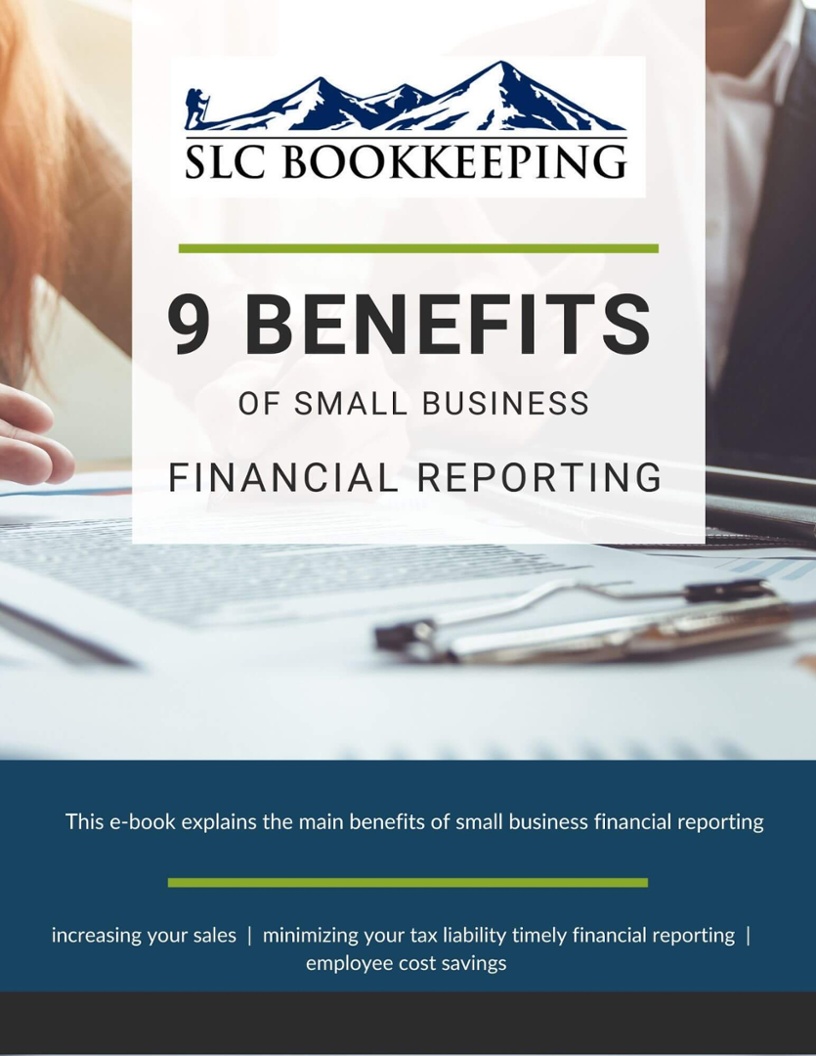Financial Statements are Vital. Do You Know How to Read Them?
Your business’s financial statements are vital for a number of reasons. Not only do they form the basis of accurate tax reporting, they make it possible to get approval for loans, attract business investors, and even sell your company when the time is right. But your financial reports are also an important diagnostic tool that can give you the power to measure and influence your organization’s performance. Isn’t it time you learned how to read them?
Peruse, Plan, Perform!
Your company’s primary financial statements are the Balance Sheet, the Income Statement, and the Cash Flow Statement. Together, these reports say a lot about your company’s overall financial health. But while the same accounting data is used to prepare all three, taken individually, these statements let you gauge the value, success, and direction of your business from multiple angles.
In most cases, getting familiar with a few key financial metrics will allow you to:
- objectively evaluate your company’s operational strengths and weaknesses,
- plan and implement positive changes to address your findings, and
- chart a solid course toward a better bottom line
Measuring the short-term value and long-term potential of your business requires more than just a financial snapshot however. It demands the kind of dynamic interpretation that only comes from understanding and comparing your company’s statements over various periods of time.
Let’s take a brief look at the three main financial reports and see how you can get started leveraging the data they contain.
Your Balance Sheet
What It Is:
The Balance Sheet is probably the most important financial statement for judging your company’s financial performance over time. Because it describes both your short-term and your long-term Assets (what you own) and Liabilities (what you owe), the Balance Sheet lets you monitor how successfully your business manages debt.
How to Use It:
One of the most useful financial evaluations associated with the Balance Sheet is the Current - or Working Capital - Ratio. The Current Ratio effectively measures how liquid (how quickly assets can be converted into cash) your business is. This is an important piece of information because it demonstrates your company’s ongoing capacity to support its short-term debt obligations.
The Current Ratio looks like this:
Current Assets ÷ Current Liabilities
A ratio of less than 1 indicates that your short-term liabilities (what you owe) are greater than your short-term assets (what you own), which is not always an ideal situation. In most cases, a good Current Ratio result is one that falls between 1.2 and 2.
Your Income Statement
What It Is:
Your Income (or Profit-and-Loss) Statement reports your organization’s Revenues and Expenses over a specific accounting period. It offers a concise and unadulterated look at the fundamental operations of your business – namely, the selling of your product or service.
How to Use It:
Two of the many valuable calculations you can perform with the help of your Income Statement include Gross Profit Margin and Days Sales Outstanding (DSO). To compare your company’s gross profits period-over-period, the Gross Profit Margin calculation looks like this:
Sales - Cost of Goods Sold (COGS) = Gross Profit
Gross Profit ÷ Sales = Gross Profit Margin
Meanwhile, the DSO calculation shows you how many days it typically takes your business to collect payment from credit customers after invoices are issued. The DSO ratio looks like this:
Accounts Receivable (for a given period) ÷ Total Credit Sales (for the same period) x Number of Days in the Period
Monitoring your DSO is a great way to spot inefficient collection habits that could negatively affect your organization’s cash flow.
Your Cash Flow Statement
What It Is:
The Cash Flow Statement itemizes all of the Cash and Cash Equivalent amounts that flowed in and out of your business during a specific period. By breaking these amounts into three categories - Operations, Investments, and Financing – the statement clearly shows how much money your business has on hand at any time.
How to Use It:
Your Cash Flow Statement is particularly valuable because monitoring it regularly can help you predict future income and expenses and identify potential revenue gaps before they occur. Analyzing your cash situation also tends to give you a truer sense of your company’s earnings since you can’t use non-cash amounts to pay bills or service debt.
Your Cash from Operations amount for a particular period is usually equal to your company’s:
Net Income (from your Income Statement) + Depreciation Amounts – Changes in Working Capital (increases or decreases in Current Assets and Liabilities like inventory, accounts receivable, and accounts payable)
It’s a good rule of thumb to always aim to generate positive cash flow – to take in more cash than you spend – because it’s these funds that allow you to pay for crucial operating expenses like supplier goods, rent, and payroll. The more efficiently you manage inventory, collect from clients, and negotiate debt repayment terms, the healthier your Cash Flow Statement will be.
Photo Credit: Canva


Comments